Hiroshi Sugimoto: Time Machine at the Hayward Gallery
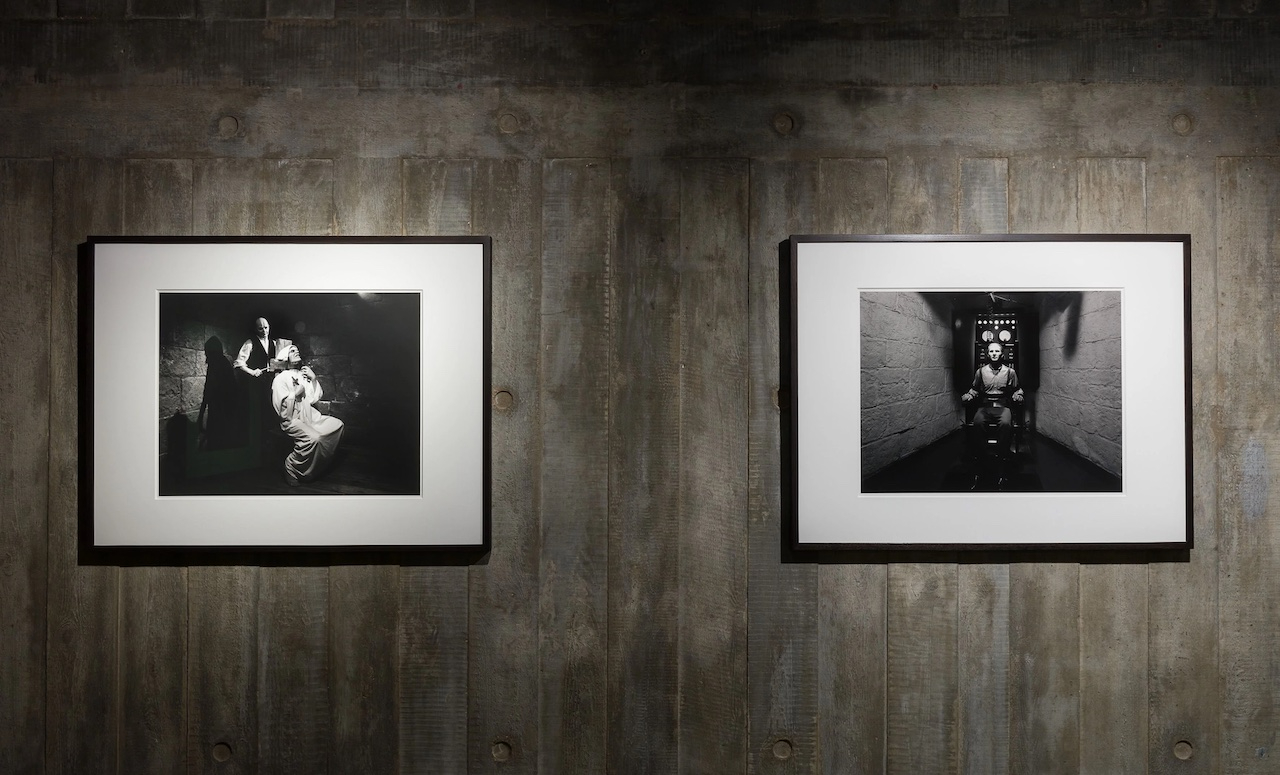
The first stage of the Hiroshi Sugimoto exhibition at the Hayward Gallery is dedicated to “natural history dioramas”. Executed in black and white, the series is incredibly dramatic: the animals dominate each composition and the natural world fills the background of each piece. Sugimoto’s dioramas explore the theatrics that the natural world is subject to in its display in museums.
Time Machine is the “largest retrospective to date” of Sugimoto’s work, and the expanse of the show allows the viewer to see the different phases of the artist’s career. From the natural world to mathematical principles, Sugimoto’s oeuvre exposes the range of topics that interest the artist. Though the dioramas are not Sugimoto’s best work in their singularity, they demonstrate the artist at his best – when he allows nature to be his primary subject.
The artist was born and raised in Tokyo, Japan, and later studied in both Tokyo and Los Angeles, the latter city being where he acquired a BFA in photography from the Art Center College of Design in 1974. Despite receiving this formal artistic education, Sugimoto’s photography fails to conform to photographic conventions. Often assisted by a large format wooden camera, the photographer is directly involved in every step of the artistic process. From capturing the image to concocting his own darkroom chemicals, he finally develops his black and white prints by hand. The concepts of memory and time are fascinating to Sugimoto, and these central themes are abundantly clear in the exhibition. He employs photography to launch a “playful” investigation into how we collectively understand both time and memory. The combination of Sugimoto’s diligent approach to his craft and his engagement with big concepts allows for truly thought-provoking works to be realised.
The exhibition ensures that its title honours the nature of the show, and Sugimoto’s interest in time and memory is a resounding motif throughout. Furthermore, the sheer scale allows the viewer to appreciate the range of the artist’s body of work. Despite the inclusion of key works from all of Sugimoto’s most notable photographic series, the display of his less celebrated and known works, including his foray into sculpture, offers the opportunity to reassess any existing conceptions of Sugimoto’s work.
The Hayward Gallery has been divided into different sections, and each houses one of Sugimoto’s photographic series. The gallery’s director, Ralph Rugolff, and his curatorial team, have ensured a comprehensive scope of his practice has been displayed. This approach allows for unexpected and exciting aspects to be drawn out, such as his sculptural works and historical portraits. The depth of each stage of the show enables viewers to witness Sugimoto’s artistic development as they progress throughout.
As you journey through the exhibition, you cannot refrain from being possessed by Sugimoto’s Seascapes. However, situated in the latter half, these are not afforded preferential treatment by the curatorial team but are instead sandwiched in between other series by the artist, which feels misjudged. They are resoundingly powerful – the omission of human activity and the equal focus afforded to the depiction of both sea and sky make for truly striking images. Though interesting, the series of Optiks that close the exhibition fail to have the impact of their predecessor, yet if included at an earlier point, the series may have incited more excitement.
As an artist, Sugimoto is not bound to a singular subject point and this expansive retrospective manages to highlight his range as a multidisciplinary artist. His inquisitive nature is repeatedly showcased when he employs the camera to investigate how we consider time and memory.
Kicki Bostic
Hiroshi Sugimoto: Time Machine is at the Hayward Gallery from 11th October until 7th January 2024. For further information visit the exhibition’s website here.

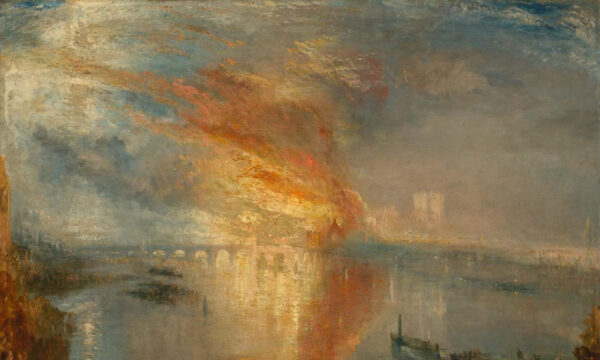
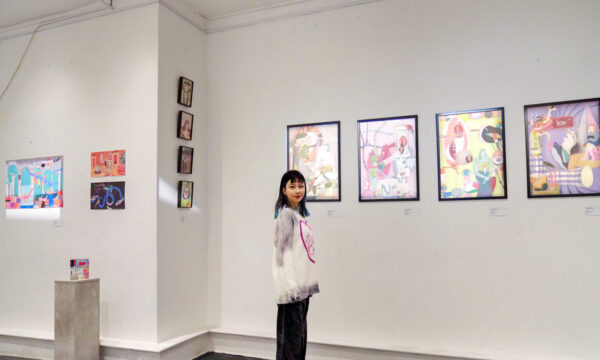
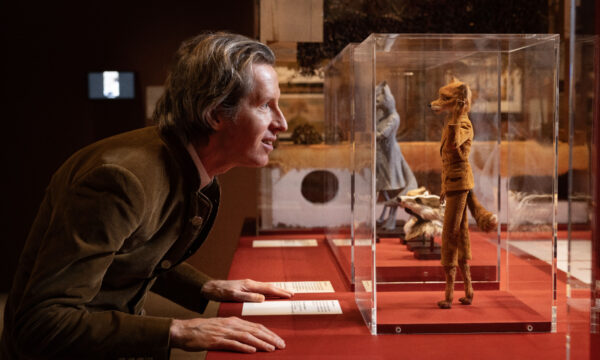

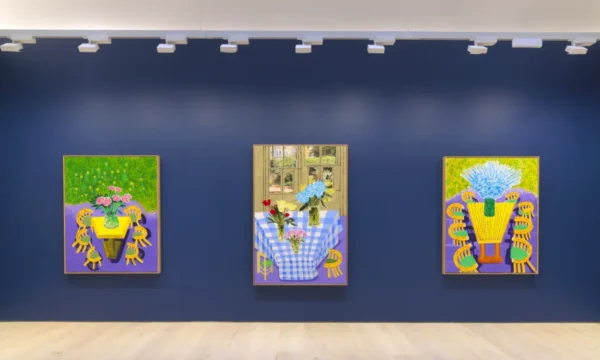
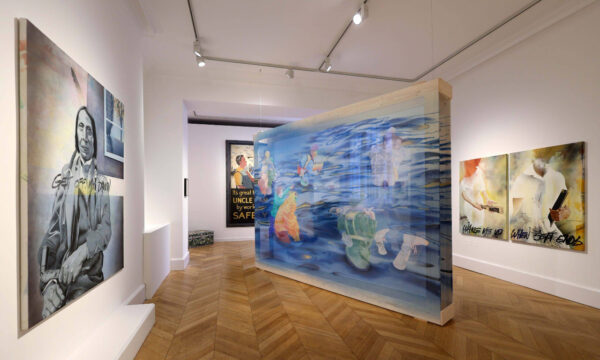
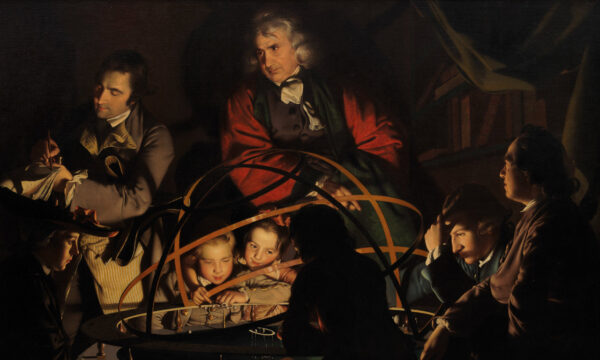
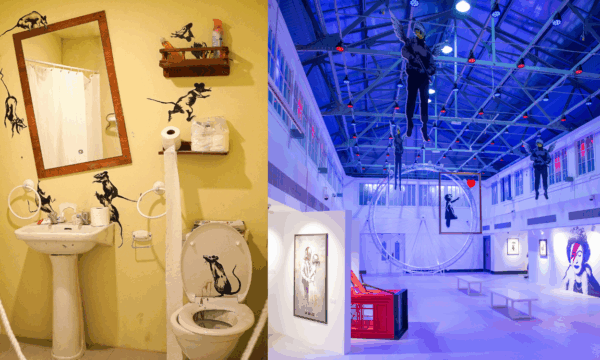
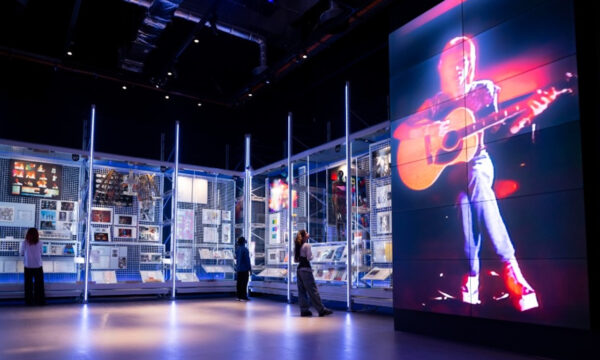





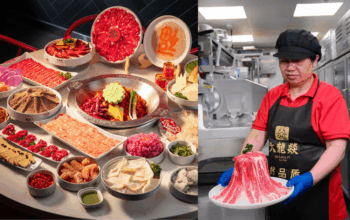









Facebook
Twitter
Instagram
YouTube
RSS